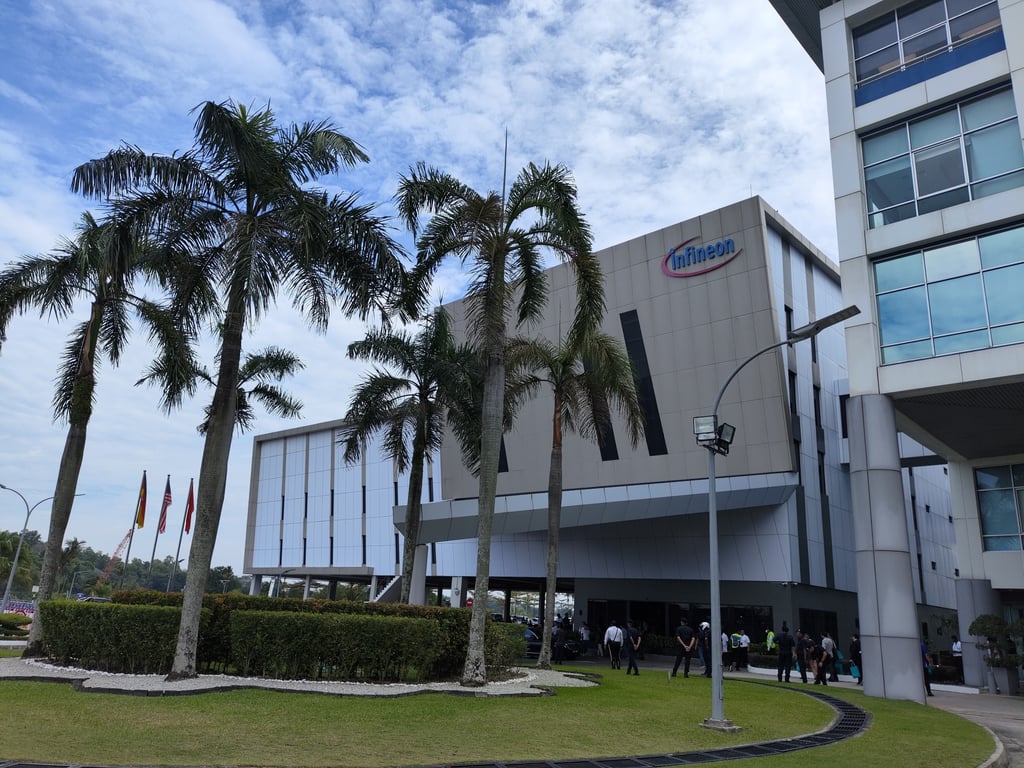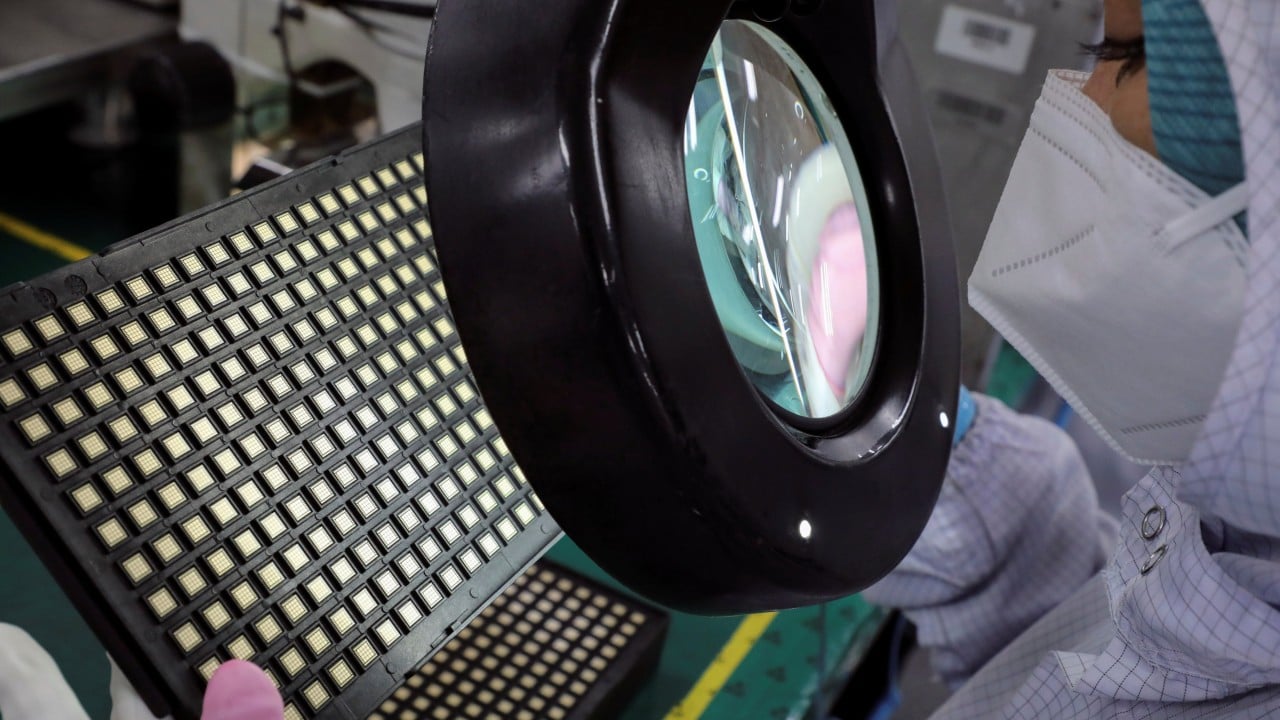At a quiet coffee shop on the outskirts of Kulim’s sprawling industrial zone, Azmin unscrews the cap of his mineral water bottle, exhales deeply, and reflects on the gap between the ambitious promises of “Silicon Malaysia” and the reality on the ground.
Advertisement
From his vantage point as a recruiter for one of the region’s fastest-growing semiconductor production hubs, the tech sector’s promises of abundant job opportunities feel hollow.
“We haven’t had much demand lately,” Azmin told This Week in Asia, requesting to be identified by only his first name for fear of losing future business. “The last round of recruitment we handled was a few months ago for 20 people at a smaller factory.”
While the government paints a picture of booming industry and economic transformation, Azmin sees another side of the story. Development has raised land prices, with houses and rents surging in an area that was once oil palm plantations and farmland.
The result has been good for property speculators, but bad for everyone else, he said. A decade ago, Azmin bought a modest home for 95,000 ringgit (US$22,100). Today, similar houses fetch at least 300,000 ringgit.
Kulim Hi-Tech Park, established 30 years ago, was built on 5,600 acres (2,300 hectares) of cleared farmland to support Penang’s semiconductor boom. Azmin’s family, originally from Penang, were among the first to spot the park’s potential.

Over the years, big names like Austria’s AT&S and German chipmaker Infineon have moved in. Infineon last year pledged €5 billion (US$5.6 billion) to expand its facility, while AT&S recently launched a 5 billion ringgit (US$1.2 billion) plant in the park.
Advertisement

